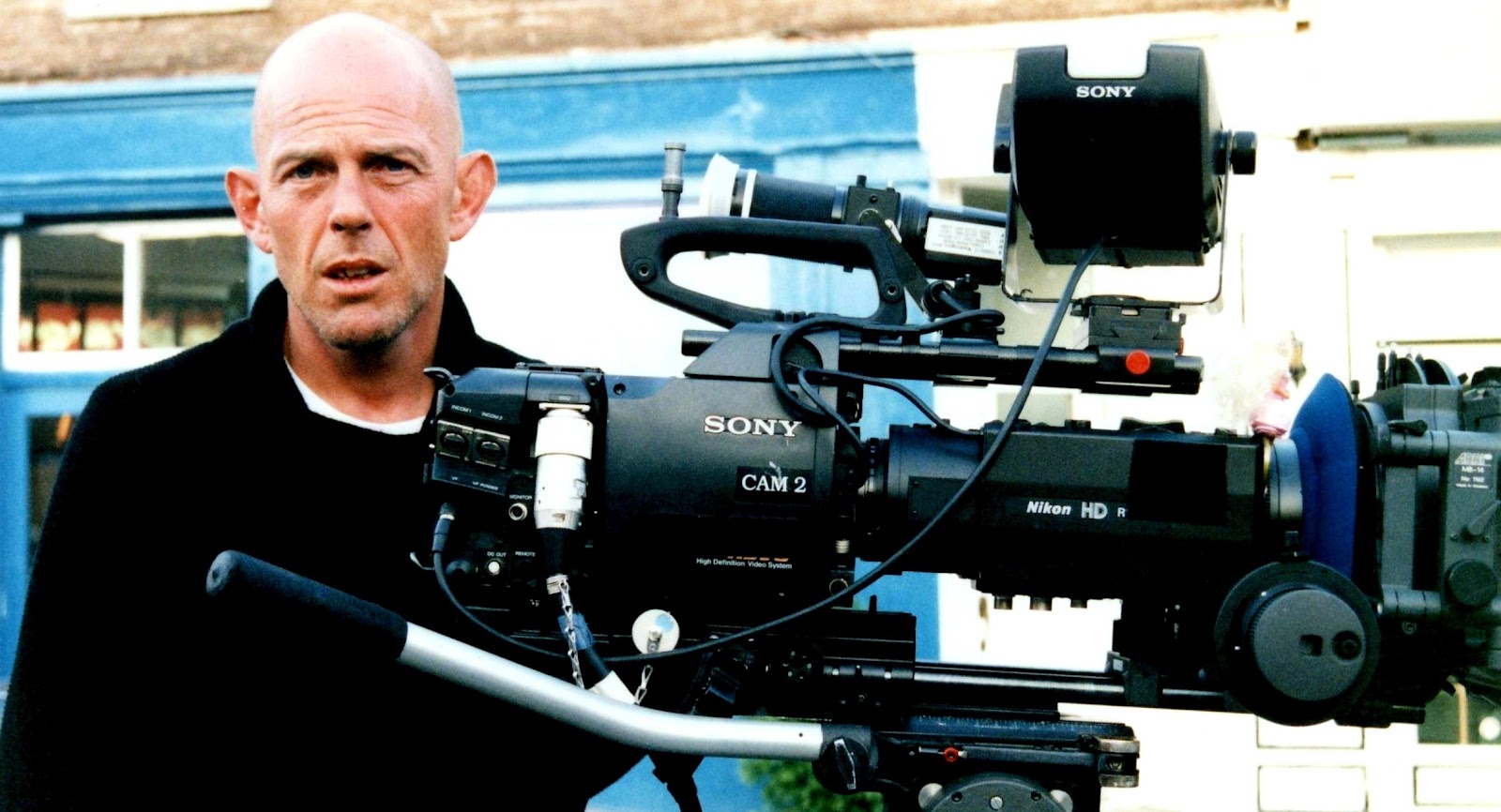Rainbow originated more than a decade before filming finally
commenced in September 1994. The initial idea came from our general fascination
with the physical wonder of rainbows and how they appear as both an antidote to
and a symbol of nature’s power across the world, whatever the country or
culture.
Our concept was to involve human interaction within a fantasy
setting and then create a family adventure. At the same time there was
opportunity for an ecological slant to the tale, not something to sledgehammer
the audience over the head with, but a comment on the dangers of messing with
nature.
The first treatments proposed a stylistic and genre mashup that
fused Spielberg fantasy with Carpenter horror, something like E.T. The
Extra-Terrestrial meets Halloween: kids steal gold from within a rainbow,
gold which powers the rainbow and in turns gives colour to the world - not only
does this mean that the world rapidly drains of colour and is plunged into
darkness, but vengeful phantoms (rainbow protectors) hunt down the kids and
will kill anything that gets in the way of retrieving the stolen gold.
The actual essence
of the story never changed, except the killer phantoms were dropped and the
ecological background strengthened. Based on a lack of photosynthesis, oxygen
starts to evaporate and as the earth loses colour and dies, society breaks down
- the only chance left is for the kids to return the gold and bring back
normality.
In 1993 Bob Hoskins
joined the film as director. Producer and co-writer Robert Sidaway approached
Bob’s agent after seeing The Raggedy Rawney, a gritty drama centred on Gypsy
life and family bonds. Forty-eight hours after sending the script, a meeting
was set to meet Bob in Wolfe’s Wine Bar in Great Queen Street, just down from
our Winchester Pictures office at the time. He was full of enthusiasm and eager
to become a part of the project. Of equal significance, and an aspect he pushed
from the very start, was a suggestion to shoot in Sony High Definition.
Bob had recent first-hand
experience of the system when starring in the miniseries When Lions Roar.
Without an extravagant studio budget, he felt this could provide a viable way
to make the film, considering the large number of visual effects anticipated
and the colour manipulation required for the apocalyptical scenes in the third
act, when the screen bleeds of colour. It summed up the dichotomy of Bob so
well – at once a archetypal everyman, responding to the emotion of the story
and next the ambitious thinker, exploring new tools to create the story.
It was the start of
long journey.
A journey that from
the outset was fraught with risk. The first was a meeting with Sony to talk
through the project and discuss the feasibility of making a digital film which
could be released theatrically. The second was to find a DP with the courage to
take on the associated challenges. And the third was facing the scepticism of
industry partners. Actually, forget about scepticism, more like outright
ridicule and hostility.
In 1993 nothing
could replace the practical and aesthetical pleasures of celluloid. To be
honest, it wasn’t as if we totally believed in it at the start, despite meetings
with the Sony reps in Basingstoke and their enthusiasm to be involved.
Most difficult of
all at this initial stage was securing a DP. Strangely enough, younger cinematographers,
who we thought would be more receptive to experimenting with fresh ideas, were
the most resistant to take on new technology. Deam Semler was approached but
was already booked (although his wife sent us the most unique of good luck
messages, with illustrations!) and John A. Alonzo was a suggestion after he had
photographed When Lions Roar. But because we were setting up as a UK / Canada
co-production, talent was needed from the respective countries.
As is often the
case, the solution came by chance. In the Sussex Cricketer pub (sadly now
demolished) beside Hove Cricket Ground, an accountant acquaintance told us he
was working on the books for a certain Freddie Francis. Double-Oscar winner for Sons And Lovers (black and white) and Glory (colour). A career encompassing
classic films in Britain and the U.S. as well as notable visual experimentation
as a director of horror films in the 60s and 70s.
But what were the
chances he’d be interested in our film?
The answer was an
immediate yes and a key member of the creative team was secure. Even more
surprising, Freddie leapt at the chance of exploring HD and the digital
potential, seeing it as another part of the cinematographic toolbox, an
exciting marriage of the technological and the creative. The way of the future.
So now we were truly set. For better or worse,
the digital adventure was about to commence.













No comments:
Post a Comment